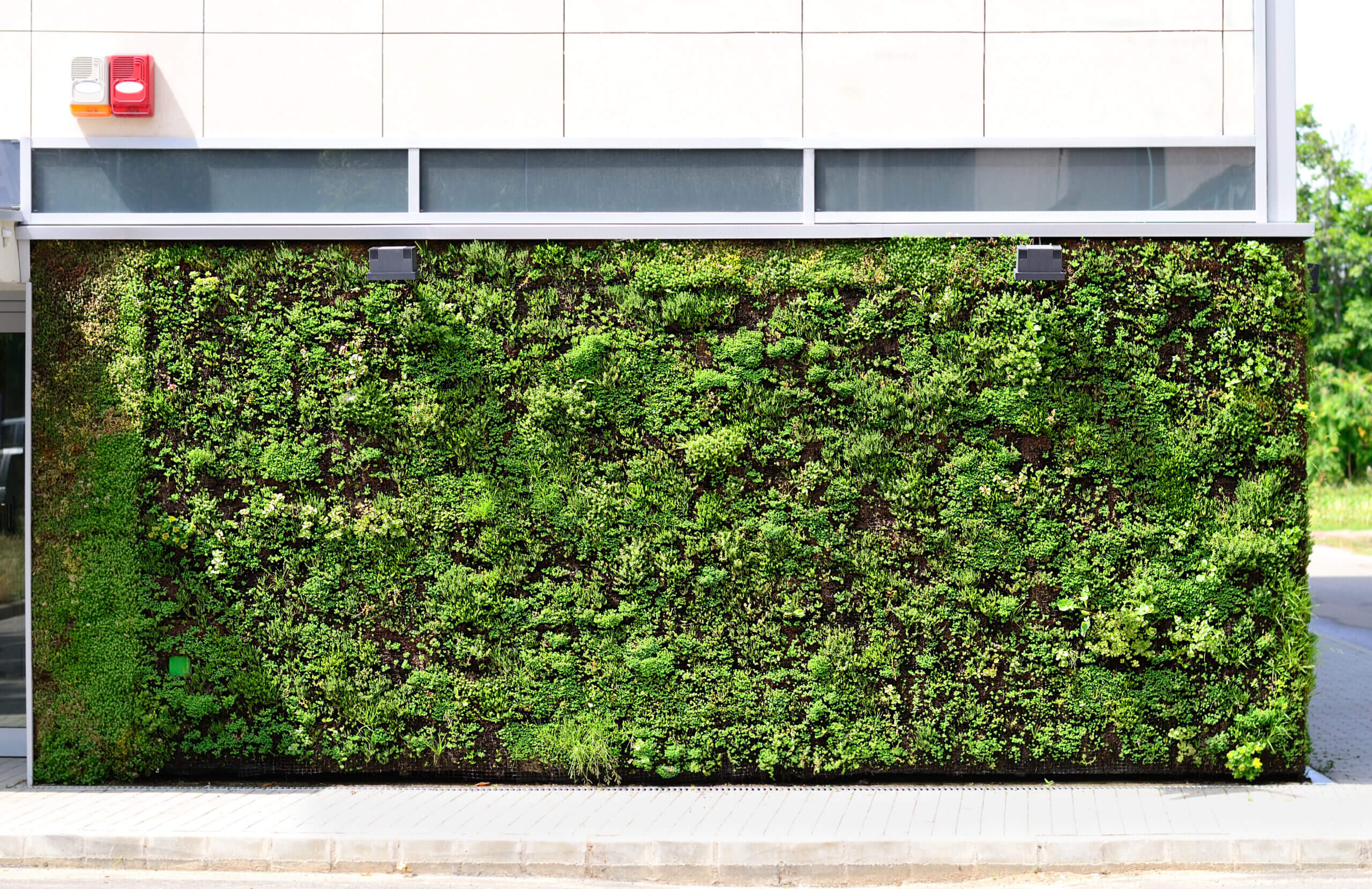The Emergence of Green: Vertical Gardens and Their Infrastructure
The Emergence of Green: Vertical Gardens and Their Infrastructure
Blog Article

In the contemporary era, where environmental awareness is paramount, creative solutions like green walls are on the rise. Known also as vertical gardens, these features not only introduce plant life to metropolitan areas but also yield a multitude of benefits for both our planet and our health. This article will explore the intriguing world of living wall construction, investigate different living wall systems, and understand why living walls have become the eco-trend of the decade.
Living Wall Construction: Revitalizing the Concrete Jungle
The creation of living walls integrates erecting vertical gardens on both exterior and interior walls of buildings. These lush installations strive to emulate the natural growth of plants on vertical surfaces. Constructing a living wall usually follows these key steps:
Structural Considerations: It's important to evaluate the structural integrity of the wall. A robust framework is needed to bear the weight of the plants, soil, and water.
Plant Selection: Selecting the right plants is vital for the prosperity of a living wall. Factors like regional weather, sunlight exposure, and wall orientation are taken into account to pick the best plant species.
Irrigation System: Proper irrigation is vital to guarantee the plants get the right amount of water without leading to problems.
Growing Medium: A particular growing medium, lightweight yet nourishing, is used for proper plant growth.
Maintenance: Regular care is necessary to keep a healthy living wall. Ongoing tasks such as pruning and fertilizing, and pest control are all included in the care process.
Exploring Different Living Wall Systems
Over the years, living wall systems have developed, providing a range of options for different applications. Below are the most common living wall systems:
Hydroponic Systems: These rely on a soilless environment and deliver nutrients and water through a carefully planned irrigation system. They're known for high efficiency and low water usage.
Modular Systems: Comprising of pre-planted panels, these systems are straightforward to assemble and ideal for diverse locations.
Pocket Systems: Featuring plant check here pockets that can be loaded with vegetation, these systems allow for creative designs and are commonly utilized in compact settings.
Felt or Fabric Systems: Using felt or fabric to hold plants and growing medium, these are easy to manage and suitable for indoor use.
Biophilic Systems: These blend living walls into architectural elements, boosting human well-being by fostering a connection with nature.
Why Living Walls are Blooming in Popularity
Living walls have achieved popularity for numerous reasons:
Aesthetic Appeal: To transform environments into vibrant, green havens.
Improved Air Quality: They act as natural air purifiers.
Temperature Regulation: They provide insulation and reduce energy consumption.
Noise Reduction: Their foliage absorbs sound effectively.
Biophilic Benefits: They bring nature closer, improving mental and emotional health.
Sustainability: They contribute to reducing the urban heat island effect and supporting biodiversity.
In conclusion, living wall construction and systems have changed our interaction with the built environment. As green trends evolve, living walls offer a green and visually stunning solution that benefits both the environment and our well-being. Whether you're thinking of transforming an office space or creating a statement in a public area, living walls are the green solution for a lively and sustainable future. Report this page